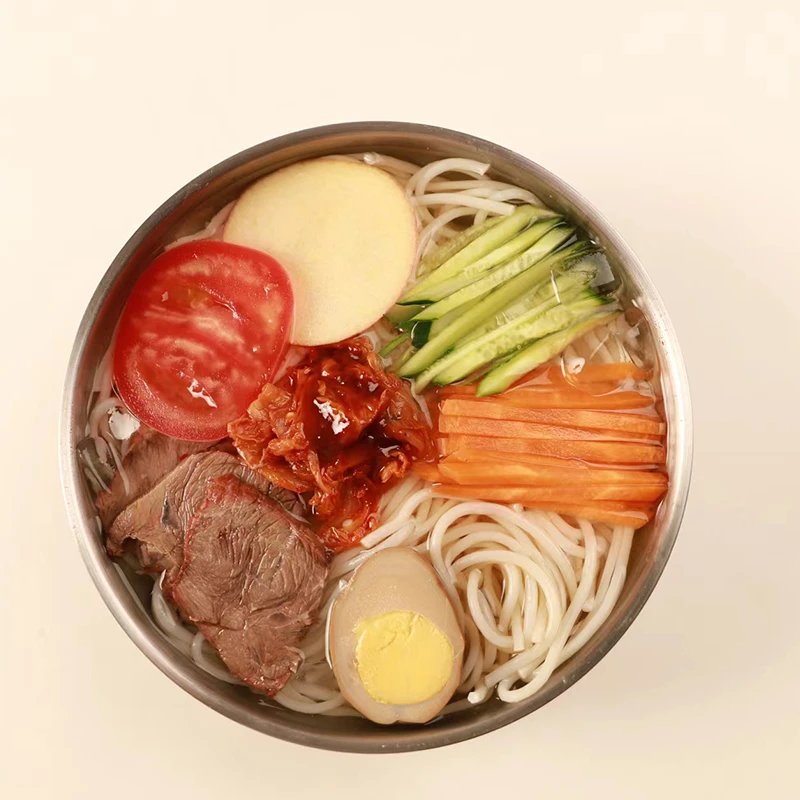soba vs udon noodles
Soba vs. Udon Noodles A Comprehensive Comparison
When it comes to Japanese cuisine, noodles play an integral role, with soba and udon being two of the most popular types. While both varieties are beloved for their unique textures and flavors, they are distinctly different in several aspects, including ingredients, preparation, culinary uses, and nutritional profiles. This article delves into the complexities of these two noodle types, helping you appreciate their uniqueness while offering insights into their culinary applications.
Ingredients and Preparation
Soba noodles are primarily made from buckwheat flour, which is gluten-free and has a nutty flavor. While some soba noodles may contain a small percentage of wheat flour to improve elasticity, traditional soba is predominantly buckwheat. The preparation of soba involves mixing the flour with water, kneading the dough, and then rolling it out thinly before cutting it into fine noodles. These noodles are typically boiled and can be enjoyed hot or cold, often served with dipping sauces or in brothy soups.
On the other hand, udon noodles are made from wheat flour and have a thicker, chewier texture. The process of making udon involves mixing wheat flour with water and salt, kneading the dough, and then letting it rest before rolling and cutting it into thick strips. Udon is usually served in a hot broth and is known for its satisfying chewiness, making it a comforting choice for many noodle lovers.
Culinary Uses
Both soba and udon noodles have diverse culinary applications, each offering a unique experience. Soba is often enjoyed cold, especially during the hot summer months, served with a simple dipping sauce called tsuyu, which is a mixture of soy sauce, dashi, and mirin. It can also be featured in soba salads, stir-fries, or served in a warm broth topped with ingredients like green onions, tempura, or shiitake mushrooms.
soba vs udon noodles

Udon, being heartier, is typically served in a savory broth, often accompanied by various toppings, such as tempura, sliced green onions, or a raw egg. Udon dishes can vary widely by region; for instance, in Osaka, you might find a thicker broth known as kake udon, while in Tokyo, udon might be served in a lighter soup.
Nutritional Profiles
From a nutritional standpoint, buckwheat soba noodles offer several health benefits. They are a great source of protein, fiber, and essential minerals like manganese and phosphorus. Moreover, being gluten-free, they are suitable for those with gluten sensitivities or celiac disease. The presence of antioxidants in buckwheat can also contribute to improved heart health and lower cholesterol levels.
Udon noodles, while delicious, typically contain more calories and carbohydrates due to their wheat-based composition. However, they are also a good source of energy and can be part of a balanced diet when consumed in moderation. The toppings and broth that accompany udon dishes can greatly influence their nutritional value, so opting for healthier toppings can enhance their health benefits.
Conclusion
In summary, both soba and udon noodles offer distinctive flavors, textures, and culinary experiences. Soba, with its nutty flavor and gluten-free nature, is ideal for light, refreshing dishes, while udon, with its thick, chewy texture, provides a heartwarming base for hearty soups. Whichever you choose, both types of noodles are not only delicious but also integral to the rich tapestry of Japanese cuisine. Exploring these noodles can deepen your appreciation of Japanese food culture and inspire you to create delightful dishes in your kitchen. So, the next time you find yourself in a Japanese restaurant or cooking at home, consider the unique attributes of soba and udon, and enjoy the wonderful variety they bring to the table.
-
Unleash Your Inner Chef with Delectable Italian Pasta CreationsNewsAug.01,2025
-
Savor Health and Flavor: Irresistible Soba Noodles for Sale Await!NewsAug.01,2025
-
Nourish Your Body with Premium Organic Ramen - A Culinary Delight AwaitsNewsAug.01,2025
-
Elevate Your Dishes with Our Exquisite Kinds of Egg NoodlesNewsAug.01,2025
-
Dive into Flavorful Convenience with Our Ramen OfferingsNewsAug.01,2025
-
Discover Exquisite Types of Naengmyeon and Chilled Soba NoodlesNewsAug.01,2025
-
Is Whole Wheat Pasta Healthy?NewsMay.30,2025
Browse qua the following product new the we

















































































































